Introduction:
Polygonatum sibiricum, commonly known as Siberian Solomon’s seal or Huangjing in traditional Chinese medicine, is a perennial herb valued for its medicinal properties. This plant, native to Asia, particularly thrives in cool, shaded environments and is renowned for its root tubers, which are used in various herbal remedies. Drying Polygonatum sibiricum is a crucial step in preserving its medicinal qualities and ensuring it remains potent for future use. This guide aims to provide a comprehensive understanding of how to effectively dry Polygonatum sibiricum, from harvesting to storage, ensuring optimal preservation of its beneficial compounds.
Section 1: Harvesting Polygonatum Sibiricum
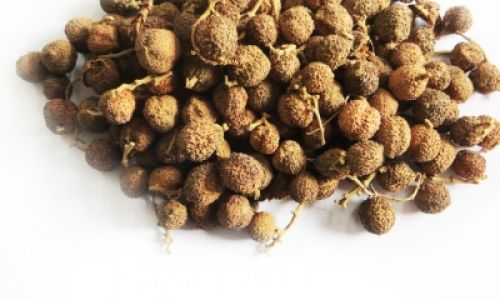
The first step in drying Polygonatum sibiricum is harvesting it at the right time. Ideally, the plant should be harvested in the autumn, when the leaves begin to turn yellow and the plant enters its dormancy period. This ensures that the root tubers are mature and have accumulated the highest concentration of medicinal compounds.
When harvesting, use a sharp tool to carefully dig around the base of the plant, avoiding damage to the roots. Once extracted, gently brush off any excess soil and debris. It’s important to handle the roots with care to prevent bruising, which can lead to unwanted fermentation during the drying process.
Section 2: Preparation for Drying
Once harvested, the roots should be promptly prepared for drying. Begin by washing them thoroughly under running water to remove any remaining soil and impurities. It’s crucial to use clean water to avoid contamination. After washing, pat the roots dry with a clean cloth or let them air-dry briefly to remove excess moisture.
Next, sort the roots by size and quality. Discard any damaged, diseased, or moldy roots, as they can spoil the entire batch during drying. Larger roots may need to be sliced into smaller pieces to ensure even drying. Aim for pieces that are approximately 1/4 to 1/2 inch thick, as this facilitates faster and more uniform drying.
Section 3: Methods of Drying
There are several methods to dry Polygonatum sibiricum, each with its own set of advantages and disadvantages. The choice of method often depends on the available resources and personal preference.
1 Air-Drying
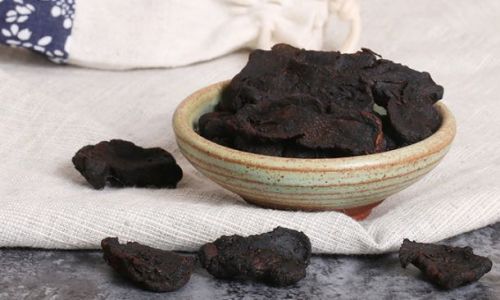
Air-drying is the most traditional and straightforward method. Spread the prepared roots in a single layer on clean, breathable surfaces such as bamboo mats, screens, or paper towels. Place these in a well-ventilated area away from direct sunlight and sources of moisture. The drying process can take several days to a week, depending on the ambient temperature, humidity, and the thickness of the roots.
Regularly turn the roots to ensure even drying and prevent mold growth. Once the roots are completely dry, they should be brittle and have a light, golden-brown color.
2 Solar Drying
Solar drying uses the sun’s heat to expedite the drying process. Spread the roots on trays or mats and place them in a sunny location, ideally one that receives direct sunlight for several hours a day. Like air-drying, solar drying requires regular turning of the roots to prevent uneven drying and the formation of mold.
Solar drying can be faster than air-drying but is dependent on weather conditions. Cloudy or rainy days can slow down the process, while excessively hot temperatures can degrade some of the medicinal compounds.
3 Dehydrator Drying
Using a food dehydrator is a modern and efficient way to dry Polygonatum sibiricum. Set the dehydrator to a temperature between 95°F and 115°F (35°C to 46°C), as higher temperatures can damage the medicinal properties. Spread the roots in a single layer on the dehydrator trays and follow the manufacturer’s instructions for drying time, which typically ranges from 8 to 24 hours.
Dehydrators provide a controlled environment, allowing for more consistent and rapid drying. However, they require electricity and may not be feasible for everyone.
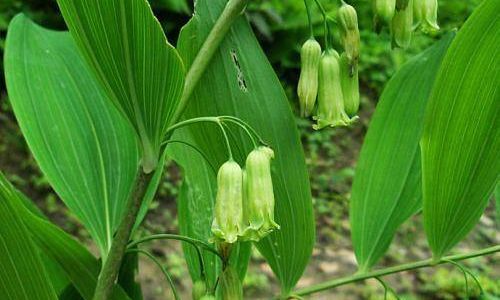
Section 4: Post-Drying Procedures
Once the roots are fully dried, they should be stored properly to maintain their quality. Begin by inspecting them closely for any signs of mold or insects. Discard any affected roots immediately.
Store the dried Polygonatum sibiricum in airtight containers, preferably made of glass or stainless steel, to prevent moisture and air from degrading the roots. Label the containers with the date of drying and the batch number for easy tracking.
Place the containers in a cool, dark place, such as a pantry or cupboard, away from direct sunlight and sources of heat. Proper storage can keep the dried roots fresh and potent for up to two years.
Conclusion:
Drying Polygonatum sibiricum is a delicate process that requires attention to detail and patience. By following the steps outlined in this guide, from harvesting and preparation to drying and storage, you can ensure that your Polygonatum sibiricum retains its medicinal qualities and remains potent for future use. Whether you choose air-drying, solar drying, or using a dehydrator, the key is to monitor the process closely and store the dried roots properly. With the right techniques, you can harness the full potential of this valuable herbal remedy.
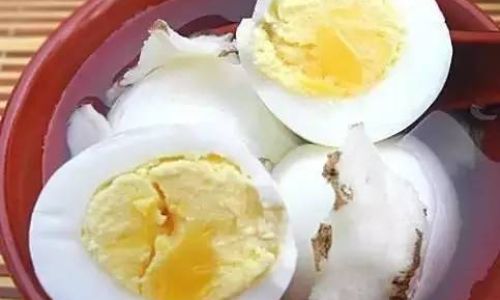

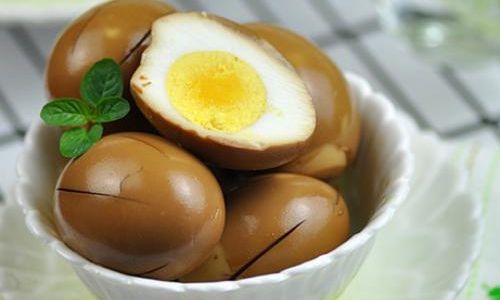
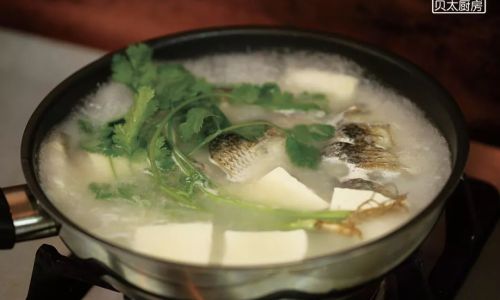
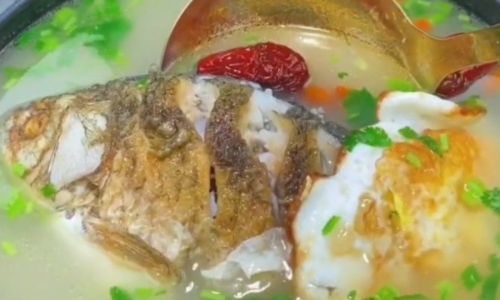
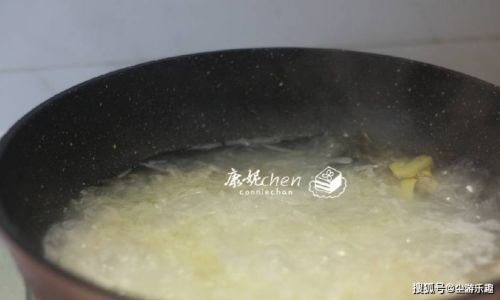
0 comments